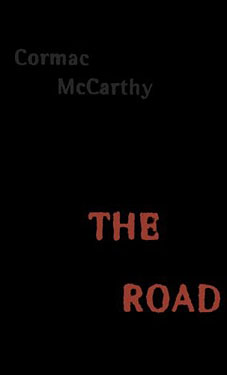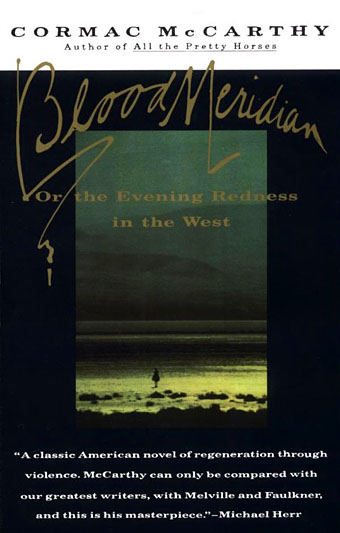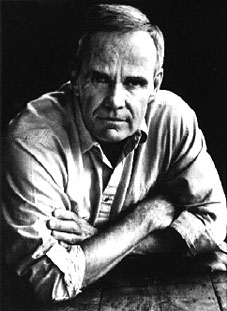 So I finished The Road finally, relishing its ash-strewn bleakness at my own sluggish pace. It’s worth noting (since I missed the event) that McCarthy’s novel was awarded the Pulitzer Prize for best fiction earlier this month, and deservedly so, I’m sure. As if that wasn’t enough, we’re also awaiting the bizarre spectacle of the man who shuns interviews granting an audience to Oprah since The Road has been chosen for her latest book club title.
So I finished The Road finally, relishing its ash-strewn bleakness at my own sluggish pace. It’s worth noting (since I missed the event) that McCarthy’s novel was awarded the Pulitzer Prize for best fiction earlier this month, and deservedly so, I’m sure. As if that wasn’t enough, we’re also awaiting the bizarre spectacle of the man who shuns interviews granting an audience to Oprah since The Road has been chosen for her latest book club title.
It’s difficult offhand to think of another writer that can command critical and popular acclaim in this way, although it should be said that if Oprah’s book hordes are looking for an easy or a light read with this one they’re in for a shock. The Road is a dark and desolate tale that makes most contemporary horror novels look anaemic by comparison. That black cover design with its retreating, corroded type suits a story where the sun shines fitfully, if at all, and all is burned, ransacked or destroyed. This is also (as Beaumaris Books and others have noted) a work of speculative fiction—if not full-blown post-apocalypse SF—which is something the book world conveniently ignores. Science fiction has been offering up devastated landscapes like these for decades but for many of McCarthy’s readers this will be a new experience. The belated flush of attention won’t do anything to bring people to SF but it may enlarge the audience for McCarthy’s other work which can only be a good thing.
• John Clute examines The Road from an SF perspective
Previously on { feuilleton }
• Cormac McCarthy book covers
• Another masterpiece from Cormac McCarthy
• Cormac McCarthy’s venomous fiction


